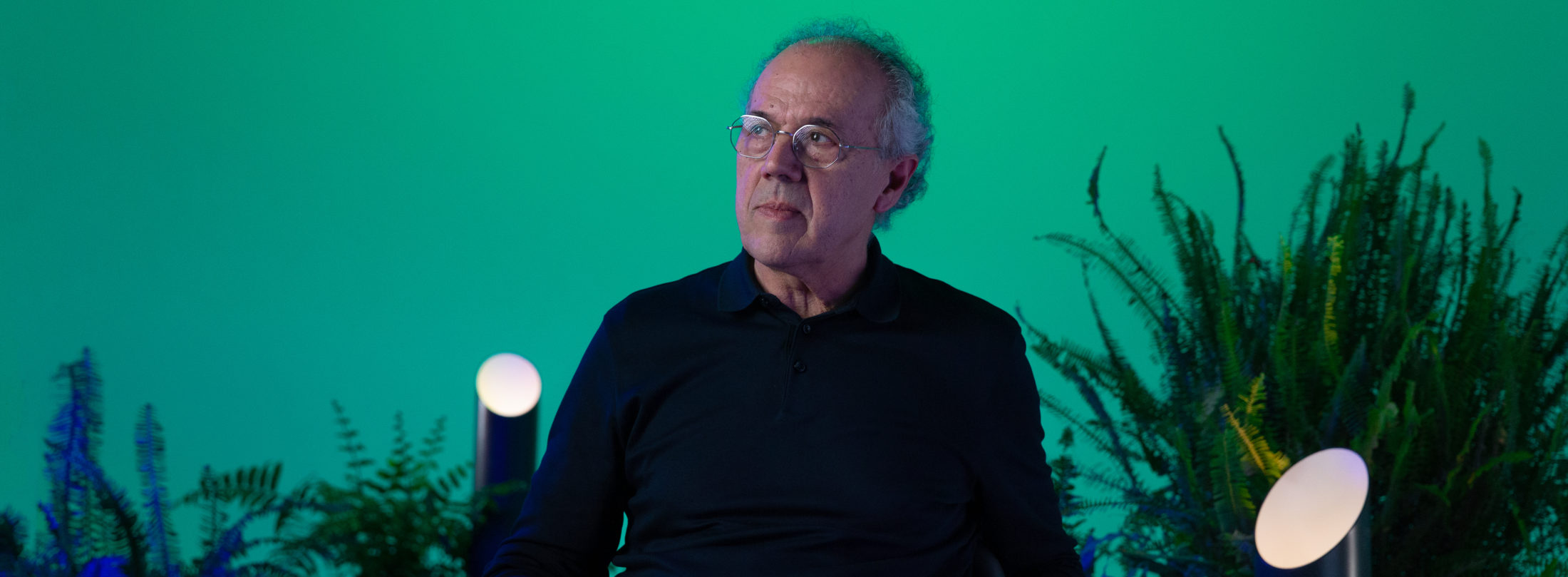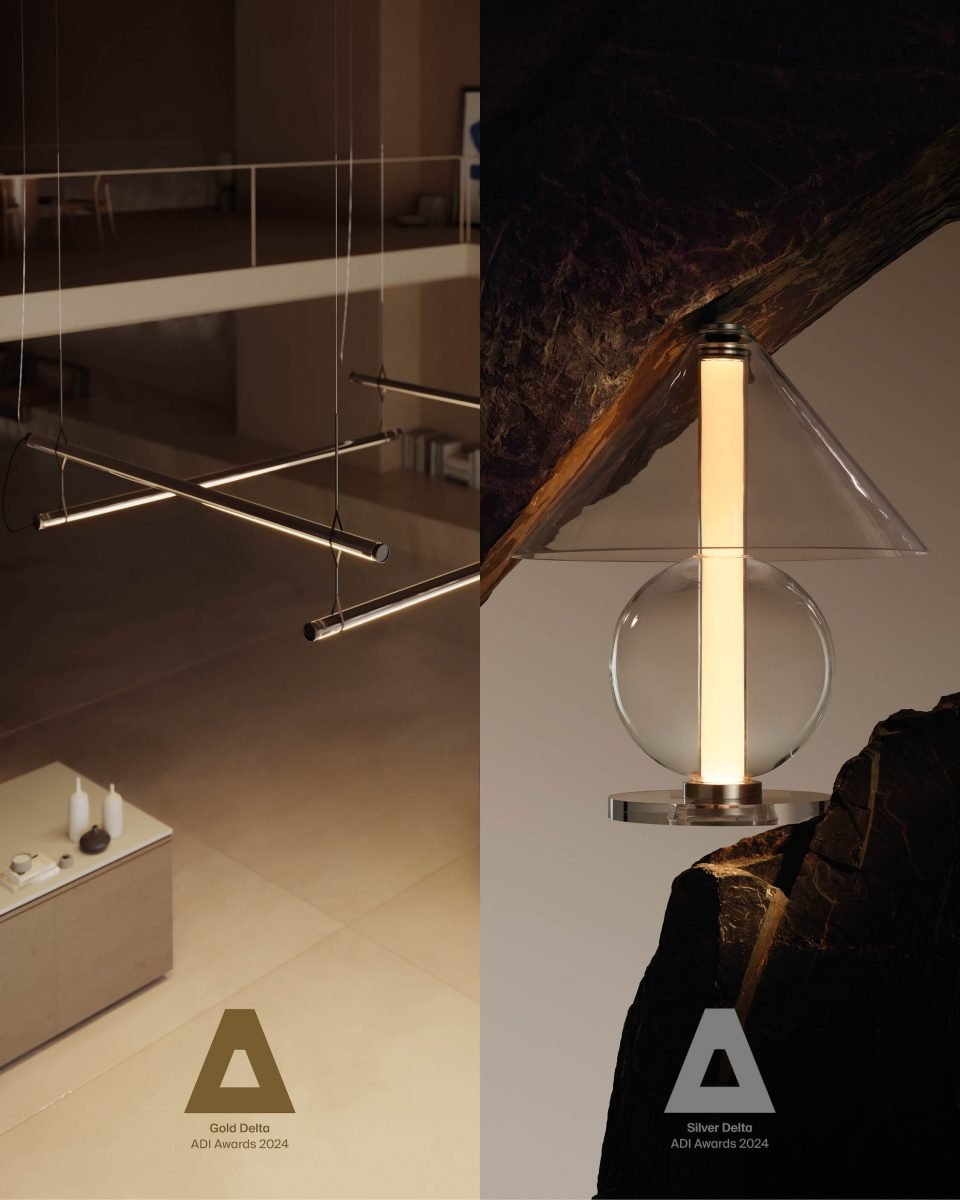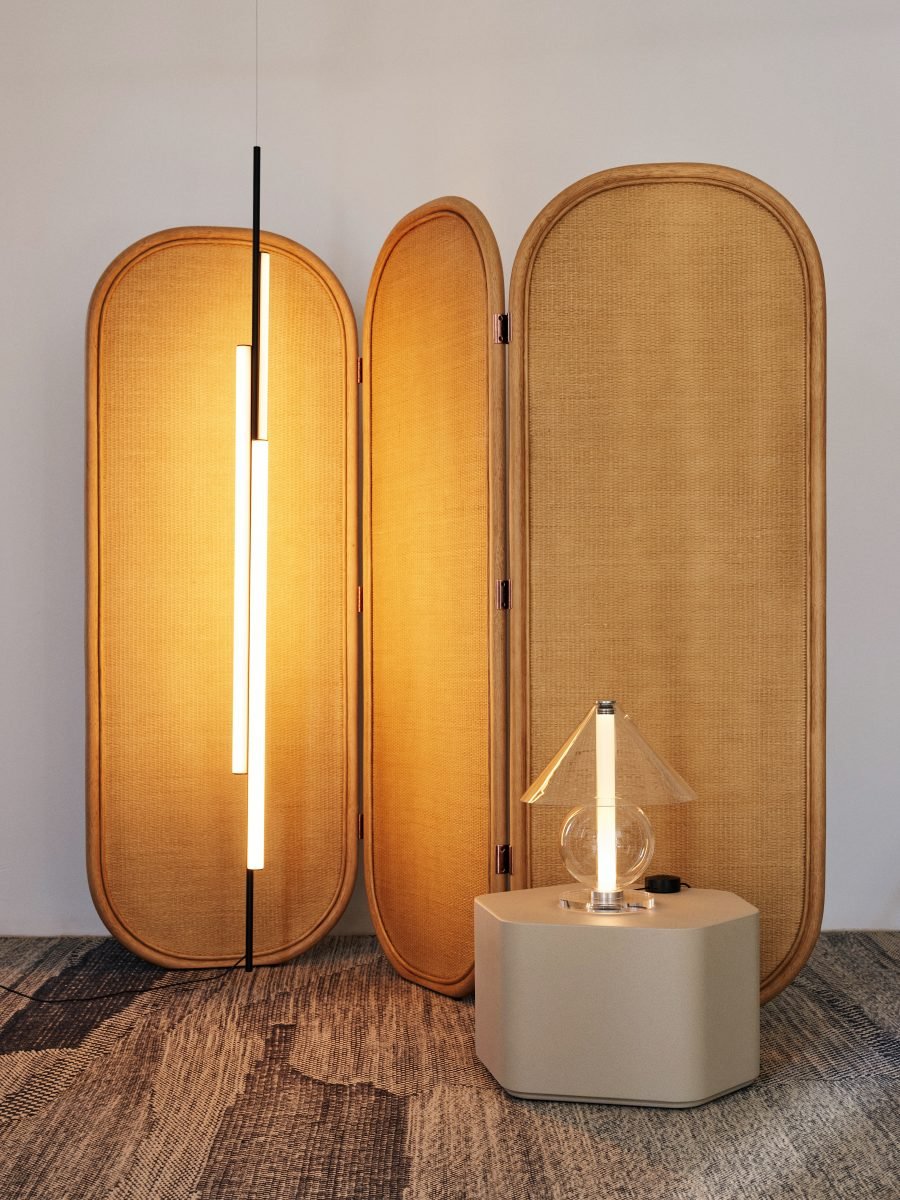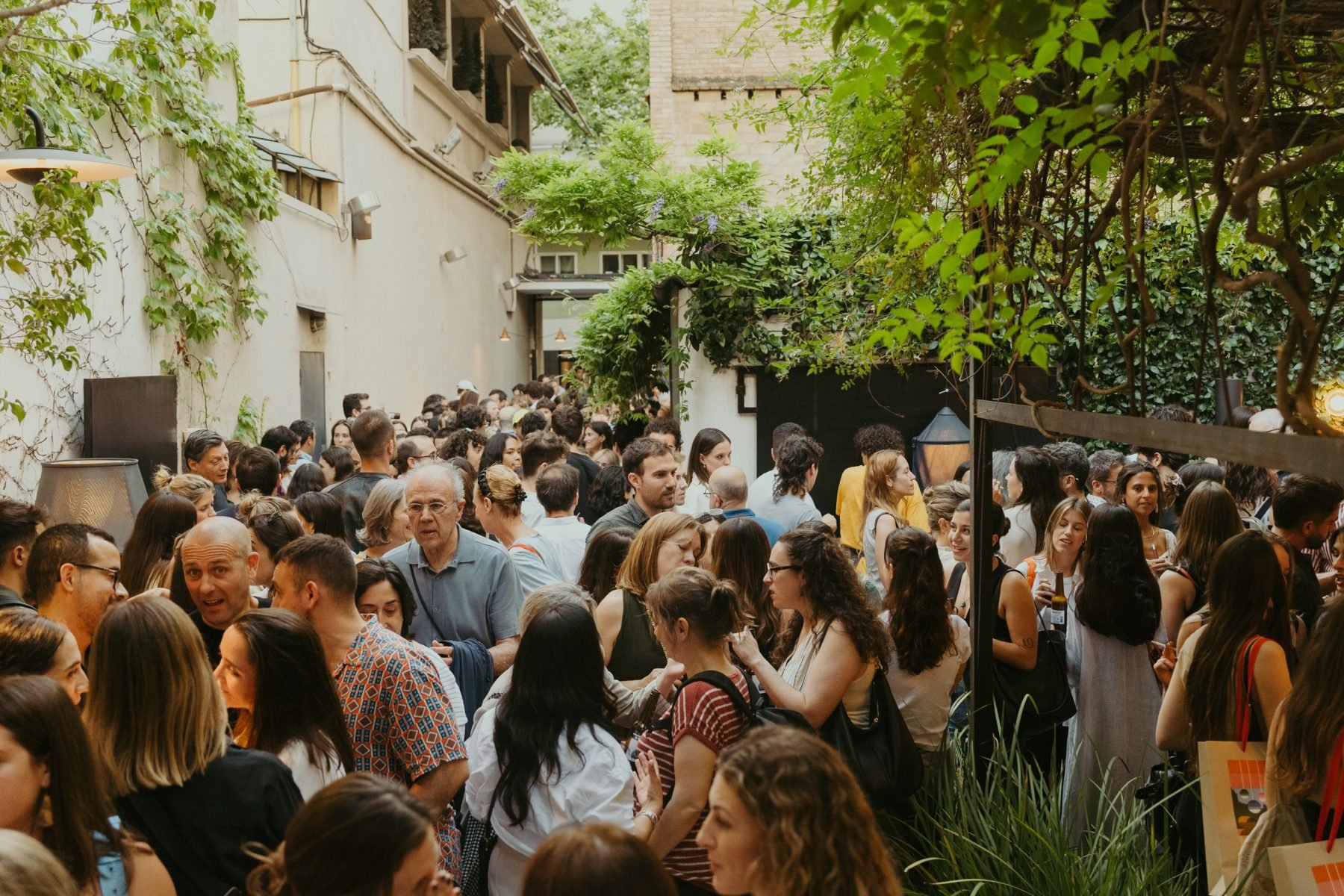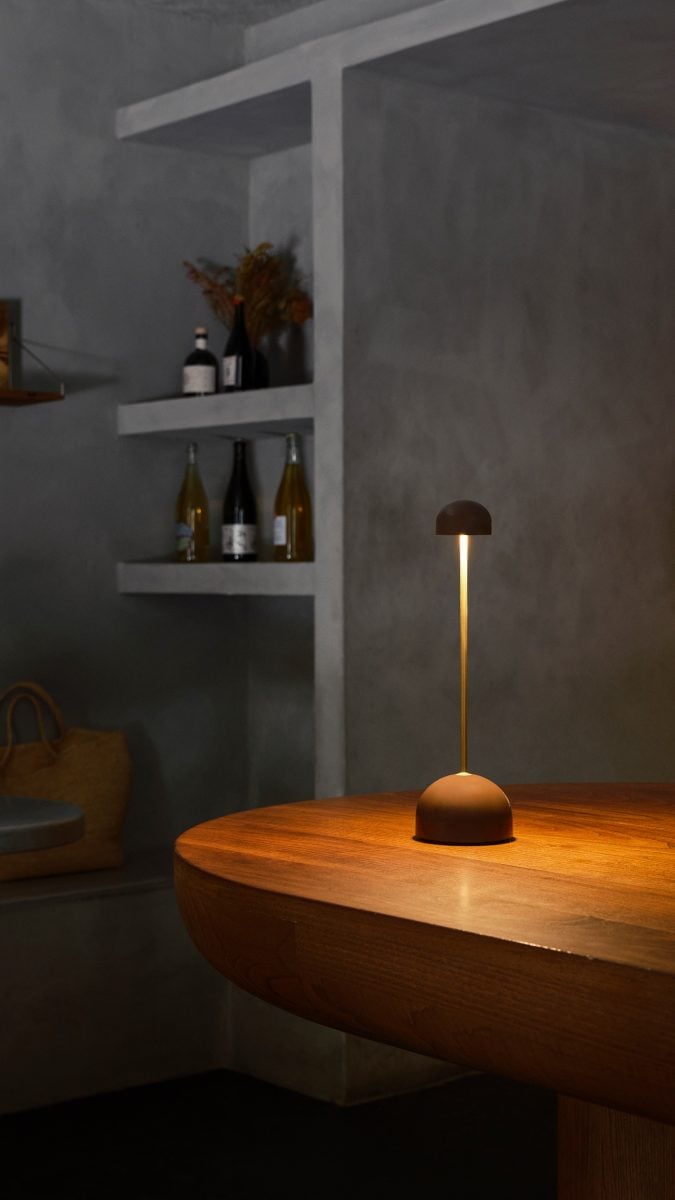Defining the outdoors through light with Josep Lluís Xuclà
Josep Lluís Xuclà is Lighting Designer at Xuclà Design, an interior, product and lighting design studio. This has enabled Xuclà to understand light based on the fixture, its function and its relationship with the environment where it is used.
What types of outdoor lighting exist?
In our studio, we divide it into different areas. Lighting paths, passageways, vegetation or the environment closest to home are all different. On the one hand, we understand that there is lighting you live with, that you use to see. And then there is lighting that is always the most distant from the viewer; it is used to be seen, from an aesthetic perspective of what is to be lit.
What are the differences between the lighting design of a private residence and a public project?
It is important to keep in mind that the residence is where the person lives every day, in continuous contact with light. It has a lower, more domestic level of light. On the other hand, public spaces, semi-public spaces, hotels, etc. need a little more power, because the client is always rotating. Then there is the possibility of creating a surprise effect every night, because the next day or after three days it is another person who sees it, and with that, perceptions change.
How does lighting relate to vegetation and architecture?
Personally, I think it is a very important relationship for two reasons: technically, in the way the light is emitted, and aesthetically, related to the fixture and coexisting with these environments. In the case of decorative outdoor lamps, their form and function are especially important, although we see the form more than the function. The function is only seen for a while at night, but the lamp is present all day long, even if it is turned off.
How does chiaroscuro coexist outdoors?
Chiaroscuro outdoors coexists in the most drastic way possible, because in it we find practically absolute black, unless there is a very bright moon. On the other hand, indoors there are always reference points of light.
What do you think of the color palette established for outdoor lamps?
Color is a recurring theme, with differences in criteria, in which many trends have been established. However, a few years ago it was essential that all lamps should be of the same or a similar shade. Nowadays, we have realized that everything depends on the environment, the colors that best fit the exterior are their own. Corten obviously still works well, but now the market is introducing new shades such as sands, earths, graphite grays. In the end, the important thing is to take into account the environment where the light fixtures are going to be located and in that there is great variety.
How does the directionality of light work?
I think it varies based on the purpose of the project. There are two types of directionality. On the one hand, the light that goes from bottom to top, which needs something to project against in order to see it, whether a tree, a facade, a porch or a pergola. It is light designed to see the object. On the other hand, the light that goes from top to bottom, which you use on a roof. It is the light you use to let you see or to see where you are.
How does light help define a space?
This is an essential concept, especially when we do residential outdoor projects. Basically, we always start with a lot where there is a house of certain dimensions, in which there is lighting that is close to the house and then there is the lighting of the house itself, which emits light to the outside. In the end, the house becomes a kind of “main lamp” of the garden and from there, we work the rest in. From the house you can see the end of the space you are in, through a light designed to be seen.
How do you create the ‘Wow’ factor outdoors?
When you define a light at night, you can always generate a sense of surprise, because you are showing what you want to be seen and hiding the rest. However, this effect can be differentiated between a residential project and a public or semi-public one, because surprising the public is almost obligatory, causing a more “commercial” sensation. On the other hand, in a residential project, it has to be more subtle because you live with it on a daily basis.
Can you explain the concept of scenes?
The issue of scenes today has gained prominence because of all the technological systems we have, as tools to work with. In the end it means having different options to turn on the same setting and it varies according to what we need.

